Have you ever wondered if choosing grain-free cat food truly improves your feline friend’s health—or if it’s just a clever marketing trend? The answer isn’t as clear-cut as pet food commercials suggest. In this in-depth guide, we’ll separate fact from fiction, challenge what you think you know about cat food, and reveal exactly what the science says about grain-free diets for cats. If you want your pet’s bowl to be filled with the best cat food choices and avoid common pitfalls, keep reading—you may be surprised by what you learn.
Unpacking the Debate: Is Grain-Free Food Better for Cats?
- Find out what grain-free food really means for your feline friend, and get ready to challenge everything you thought you knew about cat foods and cat food choices.
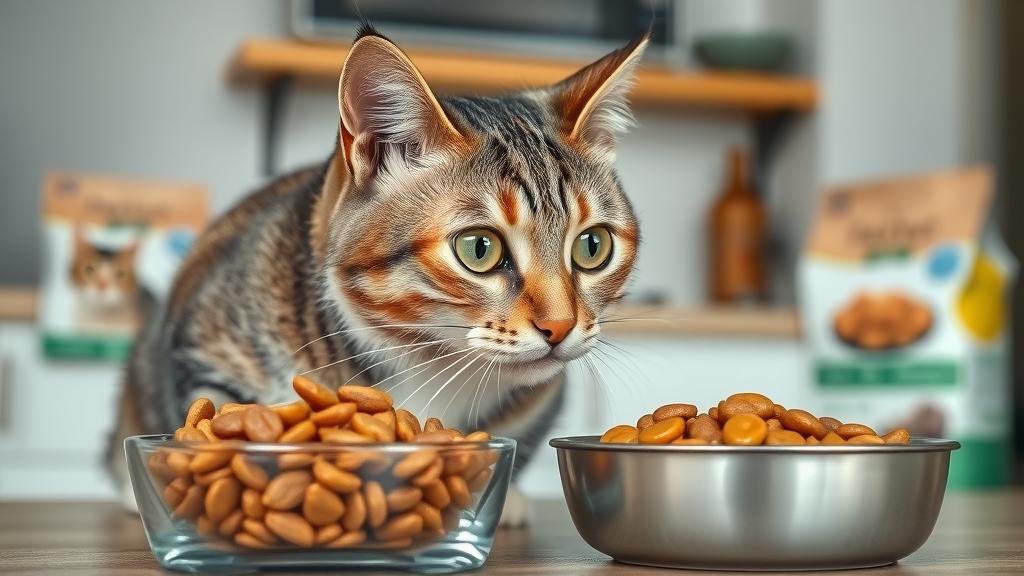
Debating whether grain-free cat food is actually better for cats has become a hot topic among pet owners, veterinarians, and the pet food industry. On one hand, some suggest that cats—being obligate carnivores—aren’t meant to consume grains, leading many to opt for free cat foods, especially in hopes of avoiding food allergies or promoting better feline health. On the other, expert opinions warn that not all grain-free diets are created equal and urge a closer look at what these foods replace grains with—often peas, potatoes, and other alternative carbohydrates that may or may not suit your cat. Ultimately, understanding the real implications of choosing free cat food starts with separating sensational marketing from nutritional science.
When walking down the pet store aisle, labels like “grain-free,” “premium,” or “all-natural” leap out, but do they truly indicate a healthier diet? This article will help you decode free cat food packages, explain the role of grains (or their absence), and explore whether these popular trends are supported by veterinarians or mainly driven by marketing. Before you make your next purchase, let’s dig into exactly what choosing a free diet for your pet could mean for their long-term health and wellbeing.
What You'll Learn About Grain-Free Food for Cats
- The nutritional science behind grain-free cat food diets
- Key differences between grain-free cat food and traditional cat foods
- Research-based insights into feline health, allergies, and digestion
- How to evaluate free cat food labels for your pet's benefit
- Tips for choosing safe, complete, and balanced pet food
Understanding Grain-Free Cat Food: What Is It and Why Is It Popular?
How Grain-Free Food for Cats Differs from Traditional Cat Foods
- What grains are commonly found in cat food
- Typical ingredients in grain free cat food
- How dry food and wet free foods compare
Traditional cat food formulas often include grains such as rice, corn, wheat, and barley as sources of carbohydrates and plant proteins. In contrast, grain-free cat foods eliminate these grains entirely, opting for alternative carbohydrates like sweet potato, peas, lentils, or chickpeas. Grain-free dry food or wet food often promises higher levels of animal protein , aligning with the popular belief that because cats are obligate carnivores, they should eat meat with little or no plant content.
However, a closer look reveals that while grain-free formulas market their absence of grains as healthier, the replacements aren’t always ideal. For example, starchy alternatives like potato or peas can raise the carbohydrate content just as much (or sometimes more) than traditional grains. Additionally, there’s ongoing debate about whether these substitutions truly benefit your feline friend . Importantly, commercial cat foods—both grain-inclusive and grain-free—must meet nutritional guidelines to be labeled “complete and balanced,” ensuring your cat receives the nutrients they need regardless of grain content.
"Grain-free cat foods have rapidly gained traction as a healthier alternative, but the science behind these claims remains debated among experts."
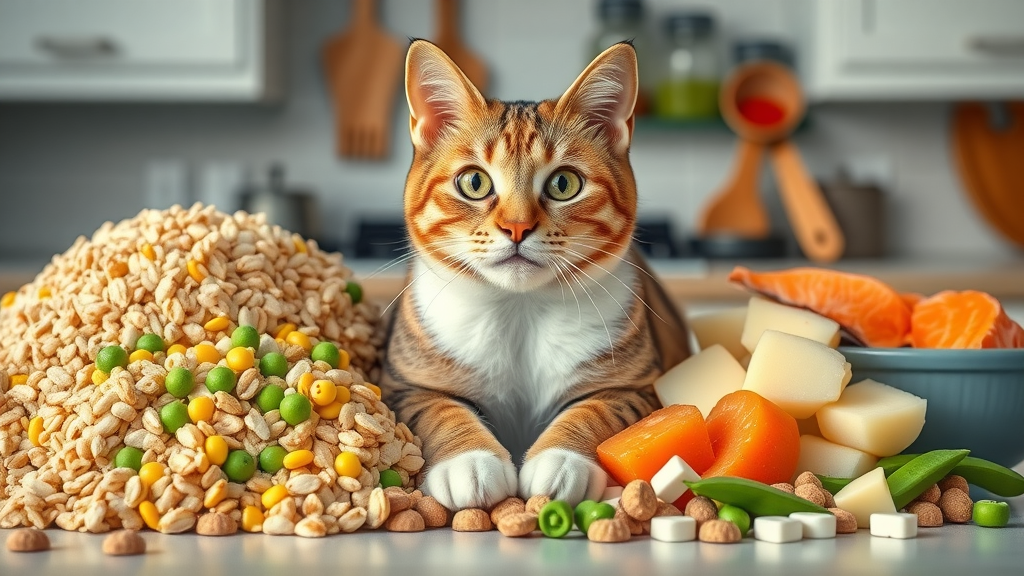
When comparing dry food to wet food, both types are available in grain-free options, but dry food is more likely to rely on plant-based fillers to achieve the right texture and structure. This can lead to higher carbohydrate content in some free food versions—something to be mindful of when evaluating what’s truly best for your pet’s health and unique dietary needs.
Why Pet Owners Choose Grain-Free Diets for Their Feline Friend
- Addressing concerns about food allergies and grain allergies
- Marketing influences in the pet food industry
- The push for free foods that mimic wild feline diets
Many pet owners are motivated to choose grain-free cat food because they worry about food allergies, digestibility, or simply want to mimic a “wild” diet, believing it’s closer to what cats naturally eat. The pet food market reinforces this perception—advertising grain free as a premium option and associating it with higher quality or fewer health issues . However, food allergies in cats are more commonly associated with animal proteins than grains; “grain allergies” are actually rare in cats . Still, the emotional drive to provide the “best” possible food combined with powerful marketing messages leaves many believing a grain-free, high-animal-protein food diet is always a good idea.
It’s important for cat owners to look past the hype. While cats are obligate carnivores and need animal protein, switching to a free food diet based solely on trends or assumed benefits isn’t always the best decision for your pet. Not every cat will benefit, and in some cases, a rushed transition can create new health issues. Ultimately, choices should be tailored to your cat’s unique needs, medical history, and the nutritional science behind the food—not just the label or marketing promises.
Is Grain-Free Food Really Better for Cats? Scientific Perspective
Nutritional Needs of Cats and the Role of Grains in Cat Foods
- Essential nutrients every cat food should provide
- Examining the impact of free food trends on feline health
- Complete and balanced nutrition: what to look for
When assessing is grain-free food better for cats , it’s crucial to remember that cats have unique dietary requirements. As obligate carnivores, cats must eat meat to obtain nutrients like taurine, vitamin A, and arachidonic acid. But this doesn’t mean every ingredient in cat food must be animal-based. In fact, some grains can be part of a complete and balanced diet, providing energy and helping with food texture.
Veterinary nutritionists emphasize that what matters most is whether a cat food is complete and balanced —meaning it reliably delivers all the vital proteins, fats, vitamins, and minerals your cat needs. Removing grains and swapping in peas or potatoes doesn’t automatically improve the diet; if not carefully formulated, a grain-free diet could lack essential nutrients or contain excess carbohydrates, which cats do not require in large amounts. Emerging trends in free food and free diets must always be weighed against hard science, not just current fads.
"Just because a food is grain-free, doesn't mean it's better or more complete and balanced for your cat. Nutritional adequacy always comes first." — Board-Certified Veterinary Nutritionist

Your feline friend depends on you to interpret label claims like “grain-free,” “natural,” or “premium.” Always look for an AAFCO (Association of American Feed Control Officials) statement confirming complete and balanced nutrition. Remember, whether you choose a grain-free diet or a traditional formula, meeting all your cat’s nutritional needs is the true benchmark for a good cat food.
Research Findings: Grain-Free Cat Foods and Feline Health Outcomes
| Characteristic | Grain-Free Cat Food | Traditional Cat Food |
|---|---|---|
| Protein Content | Higher | Medium |
| Carbohydrate Source | Potato/Peas | Grains |
| Common Allergens | Peas, Chicken | Wheat, Corn |
| Dilated Cardiomyopathy Risk | Investigated | Less Frequent |
Recent studies on grain-free cat food have raised questions about the health outcomes of felines consuming diets with unconventional carb sources. While it’s true that some grain-free foods offer higher protein levels (which is good for obligate carnivores), there’s growing concern about the replacement of grains with high levels of legumes or potatoes. The FDA has launched investigations into potential links between certain free food formulas and heart disease in dogs (dilated cardiomyopathy, or DCM), with some early concerns for cats, though evidence is not yet definitive.
Additionally, while food allergies are a legitimate consideration, grains are rarely the culprit in cats—most food allergies trace back to proteins like chicken or fish. This means that for most cats, there’s no science-based need to remove grains unless a true allergy is confirmed. A carefully formulated grain-inclusive or grain-free cat food, as long as it’s complete and balanced, can meet your pet’s needs. Careful label reading and professional guidance are key to avoiding potential pitfalls and ensuring your cat’s long-term health.
Potential Benefits and Risks of Grain-Free Cat Food Diets
When Grain-Free Diets May Help: Food Allergies and Sensitivities
- True prevalence of grain allergies in cats
- Proteins vs. grains: What are cats really allergic to?
- Dry food and wet food examples with free diets
Grain-free diets may be recommended for cats and dogs in certain rare cases, specifically when a veterinarian diagnoses a food allergy or intolerance to a particular grain ingredient. However, scientific research shows that genuine grain allergies are actually rare in cats . Most food allergies in cats arise from animal protein sources—especially beef, chicken, or fish—rather than grains like corn or wheat.
If your cat is diagnosed with a food allergy, choice of diet—whether dry food or canned food—will depend on guidance from your vet. Comprehensive elimination feeding trials are usually needed to confirm the actual allergen. Many free diets and free foods also rely on novel protein or limited-ingredient formulas to address such concerns.
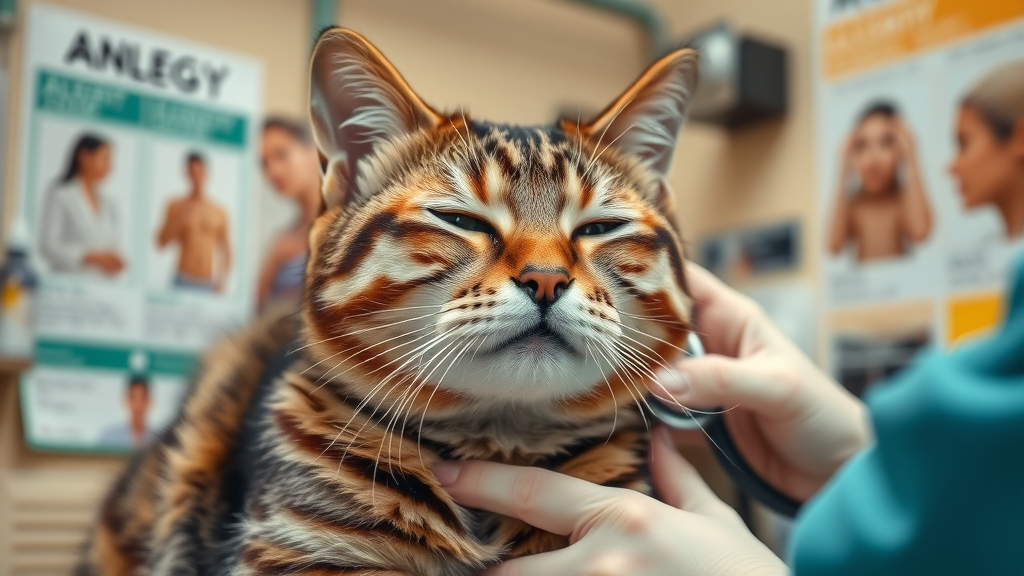
In summary, grain-free diets may help some cats with documented sensitivities, but switching to a free food diet “just in case” is unnecessary and may not deliver the expected benefits. If you suspect your cat is suffering from a food allergy or food sensitivity, always consult your veterinarian before making a change. Self-diagnosing and rapidly switching diets can sometimes create more problems than they solve.
Health Risks Linked to Grain-Free Food for Cats
- Dilated cardiomyopathy (DCM) and taurine deficiency
- Overuse of alternative carbohydrates in free cat food
- Financial and ethical considerations in the pet food market
While grain-free cat foods are marketed as better for cats, there are potential health risks to consider. One of the most notable concerns is the possible link between certain free diets rich in legumes, peas, or potatoes and dilated cardiomyopathy (DCM), a form of heart disease associated with taurine deficiency . Though the relationship isn’t fully understood—especially in cats, where DCM is less common than in dogs—it remains a point of caution for veterinarians and pet owners alike.
In addition to potential heart disease risk, overuse of alternative carbohydrates can lead to “carb creep,” where the diet becomes higher in starch than intended, potentially affecting your cat’s weight or metabolism. Financially, grain-free foods often come with a higher price tag, driven by consumer perceptions rather than proven health benefits. Ethically, misleading marketing can steer well-meaning pet owners toward more expensive pet foods that aren’t necessarily better for their cat’s health.
"Veterinary professionals urge caution when switching your feline friend's diet, as long-term effects of grain-free diets are still being studied."
As always, consult a board-certified veterinary nutritionist or your trusted vet before moving your cat to a free food diet, especially if you are motivated by marketing claims alone. Prioritize science, complete and balanced nutrition, and your cat’s real needs above all.
Expert Insights: What Do Veterinarians Think About Grain-Free Food?
Why Many Vets Do Not Prefer Grain-Free Cat Food
- Common reasons for veterinary hesitancy
- Clinical cases and real-world lessons on free diets
- The importance of scientific backing in pet food fads
Veterinarians often caution against the widespread adoption of grain-free cat food diets unless there’s a compelling medical reason. One reason is the lack of strong evidence linking grains to health issues in most cats; as discussed, cats are more likely to experience allergies to proteins than grains. Secondly, the recent surge of free diets has outpaced research, so long-term studies on their safety are ongoing—not yet conclusive.
Many vets report cases where well-meaning pet owners switch their feline friend to a grain-free diet in hopes of fixing non-specific issues, only to see no improvement—or even new problems, such as gastrointestinal upset or coat quality changes. As with all pet food trends, the absence of grains does not guarantee better health or higher food quality. What matters most is that the diet supplies the right balance of essential nutrients and is tailored to your cat’s individual requirements.
Do Vets Recommend Grain or Grain-Free Cat Foods?
- When a vet may suggest a grain-free diet
- Balancing risks and rewards for your feline friend's unique needs
Vets generally recommend choosing a cat food that is labeled complete and balanced, using either traditional or grain-free formulas based on your cat’s specific health status, history, and nutritional needs. A vet may recommend a grain-free diet in rare cases—such as a confirmed grain allergy or other documented health issues where eliminating grains is beneficial. For the majority, conventional grain-inclusive diets provide excellent nutrition and have a strong track record of safety.

If you want the best for your pet, the safest approach is to talk with your vet before changing diets. They can help you weigh the pros and cons for your unique feline friend, monitor for health changes, and ensure your cat continues thriving—grain-free or not.
How to Choose the Best Cat Food: Grain-Free or Not
Checklist: Evaluating Free Cat Food Products for Complete and Balanced Nutrition
- Essential label claims: complete and balanced, free food, grain free
- Protein sources, ingredient quality, and feline friend suitability
- Trusted cat food brands with transparent sourcing
When choosing cat food for your pet, use this checklist to ensure you select a high-quality product—whether it’s grain-free or grain-inclusive:
- Look for labels stating “ complete and balanced ” nutrition, as per AAFCO guidelines.
- Check the ingredient list: prioritize identifiable animal protein sources over fillers or unnamed by-products.
- Be wary of foods where potatoes, peas, or other plant-based carbs are among the first few ingredients (especially if feeding a free diet).
- Consider reputable cat food brands with a history of rigorous quality control and transparent sourcing.
- Avoid selecting based solely on marketing like “grain-free”; instead, evaluate your pet’s specific dietary needs and overall health.
Tips for Transitioning Your Cat to a New Diet Safely
- Consult a veterinary professional before major diet changes
- Compare ingredient lists of cat foods and free cat food
- Change to free diets gradually to minimize digestive upset
- Monitor your pet’s appetite, coat, and overall wellbeing
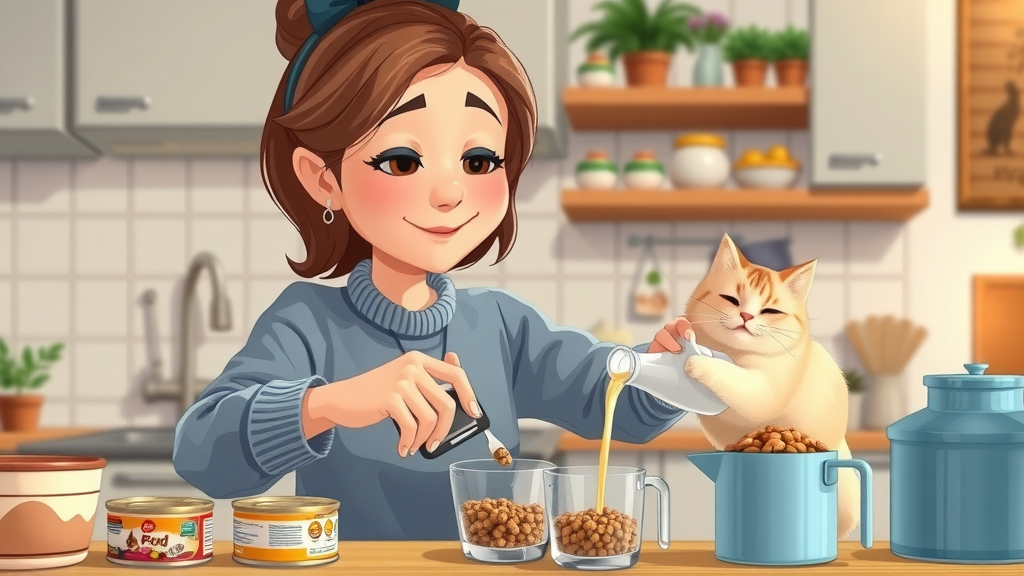
Changing your cat’s diet should always be done slowly over 7–10 days. Start by mixing a small amount of the new food with your cat’s current diet, increasing the proportion gradually. Watch for signs of digestive upset, decreased appetite, or changes in coat health. If problems arise, consult your vet immediately and reconsider if a grain-free cat food is actually beneficial for your pet.
FAQ: Answers to Your Top Questions About Grain-Free Food for Cats
Why do vets not like grain-free cat food?
- Veterinarians highlight a lack of sufficient evidence for widespread grain allergies in cats and worry about taurine deficiency and DCM links observed in some free foods.
Is grain-free food really better for cats?
- Grain-free cat food can help in rare allergy cases, but most cats do well on traditional cat foods. The health impact depends on complete and balanced nutrition.
Do vets recommend grain or grain-free?
- Vets typically recommend diets based on your pet’s unique health needs, favoring research-backed complete and balanced cat food, whether grain-inclusive or not.
Key Takeaways: Is Grain-Free Food Better for Cats?
- Not all cats need grain-free food—focus on complete and balanced options
- Free cat food is best for proven grain allergies or medical reasons
- Always consult a vet before making diet changes for your feline friend
- Choose reputable cat food brands with clear nutrition information
Find More: Trending Cat Food Topics and Video Reviews
Watch: Video Guide Explaining Cat Food Labels and Grain-Free Trends
Want to understand what every cat food label means? Watch our video guide and learn how to decode nutrition claims, ingredient lists, and whether grain-free trends are truly the best food options for your pet.
Watch: Vet Explains Common Cat Food Myths — Grain-Free vs. Grains
Still unsure about the difference between grain-free foods and traditional recipes? Check out an expert veterinarian’s myth-busting session on which diets are right for different cats and the latest research-backed updates.
Ready for More Expert Cat Food Insights? Join Our Free Newsletter
- Want expert advice, trending products, and must-know health tips for your pet? 📬 Join our free monthly newsletter — made for pet lovers, by pet lovers.
Next steps: Choose complete and balanced meals tailored to your cat’s needs, consult your vet before major changes, and keep informed on the latest feline nutrition science.
When considering whether grain-free cat food is better for your feline friend, it’s essential to understand both the potential benefits and the misconceptions surrounding these diets.
Understanding Grain-Free Cat Food
Grain-free cat food eliminates traditional grains like wheat, corn, and rice, often substituting them with alternative carbohydrates such as potatoes, peas, or lentils. This shift aims to align more closely with a cat’s natural diet, as cats are obligate carnivores requiring high protein intake. However, it’s crucial to note that grain-free does not mean carbohydrate-free; these diets still contain carbohydrates from non-grain sources. ( hillspet.com )
Potential Benefits of Grain-Free Diets
Some proponents suggest that grain-free diets may offer benefits such as improved digestion, reduced allergies, and healthier skin and coat. For instance, cats with specific grain sensitivities might experience fewer allergic reactions when grains are removed from their diet. Additionally, higher protein content in grain-free foods can support muscle development and overall vitality. ( chewy.com )
Common Misconceptions and Considerations
It’s a common misconception that grains are merely fillers with no nutritional value. In reality, grains can provide essential nutrients like iron, calcium, and B vitamins. Moreover, grain allergies in cats are rare; most food allergies are related to animal proteins rather than grains. Therefore, eliminating grains without a diagnosed sensitivity may not offer significant health benefits. ( vcahospitals.com )
Scientific Perspective
Research indicates that grain-free diets are not inherently superior to grain-inclusive ones. A study comparing carbohydrate content between grain-free and grain-containing dry cat foods found no significant difference in calorie amounts, and some grain-free diets had higher carbohydrate content than their grain-containing counterparts. ( en.wikipedia.org )
Veterinary Insights
Veterinarians often caution against switching to grain-free diets without a specific medical reason. The U.S. Food and Drug Administration (FDA) has investigated potential links between grain-free diets and heart disease in pets, though more research is needed to draw definitive conclusions. ( cbpetworld.com )
Conclusion
While grain-free cat food may benefit cats with diagnosed grain allergies or sensitivities, for the majority of felines, these diets are not necessarily better. It’s essential to focus on providing a balanced, nutritionally complete diet tailored to your cat’s specific needs. Consulting with a veterinarian can help determine the most appropriate diet for your pet.
 Add Row
Add Row  Add
Add 



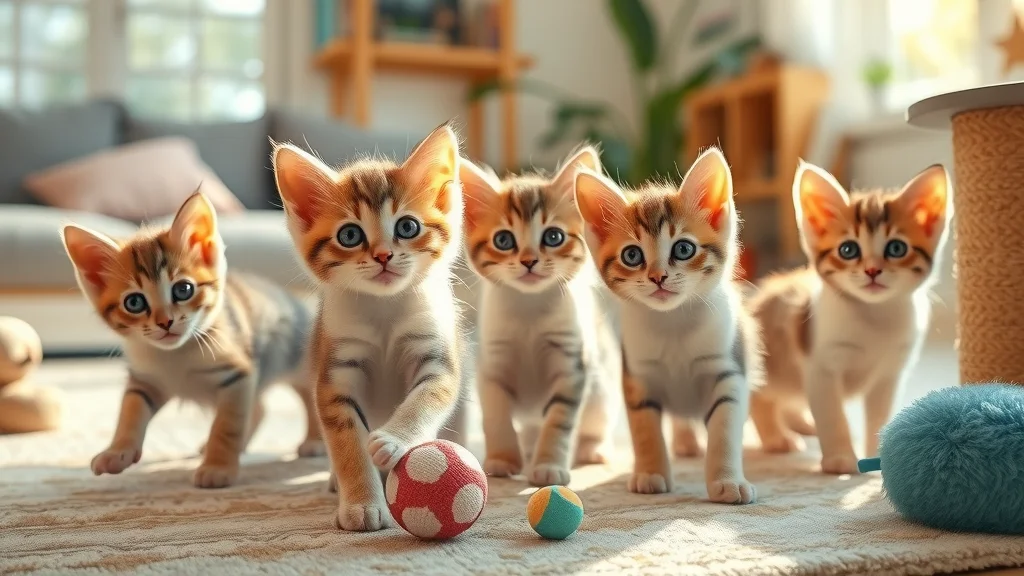
Write A Comment